5 Tips for Phased-Occupancy Construction Projects
Food and beverage is a fast-paced industry where speed-to-market is often a major factor in how decisions are made. Sometimes the priority is increasing output and/or beginning production as soon as possible. In these cases, some plant owners decide to take a phased-occupancy approach to a greenfield or renovation project.
Phased occupancy allows project owners to begin using as much of their new building as possible, as early as possible.
Continue Reading “5 Tips for Phased-Occupancy Construction Projects”




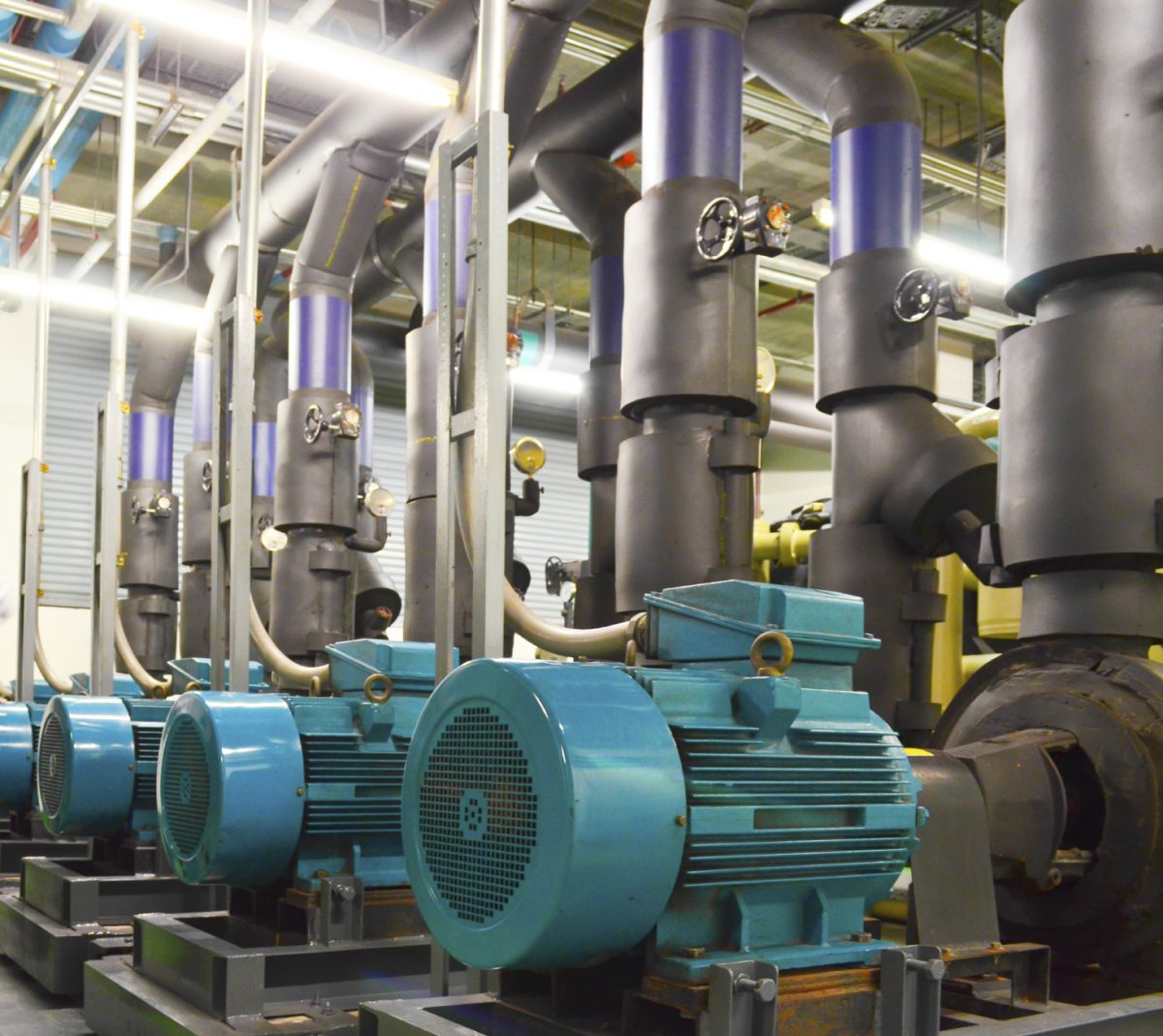
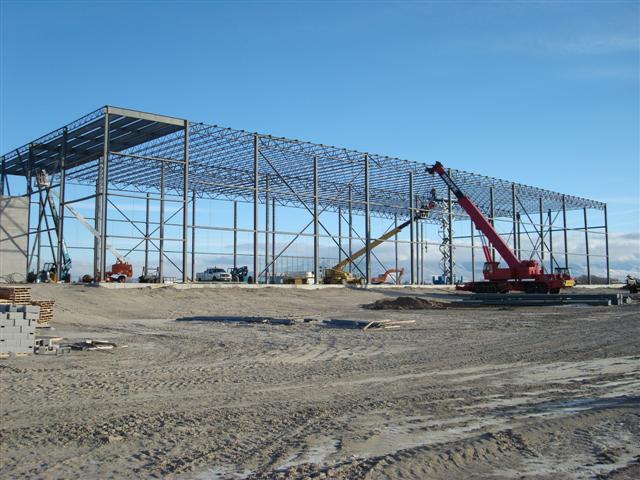
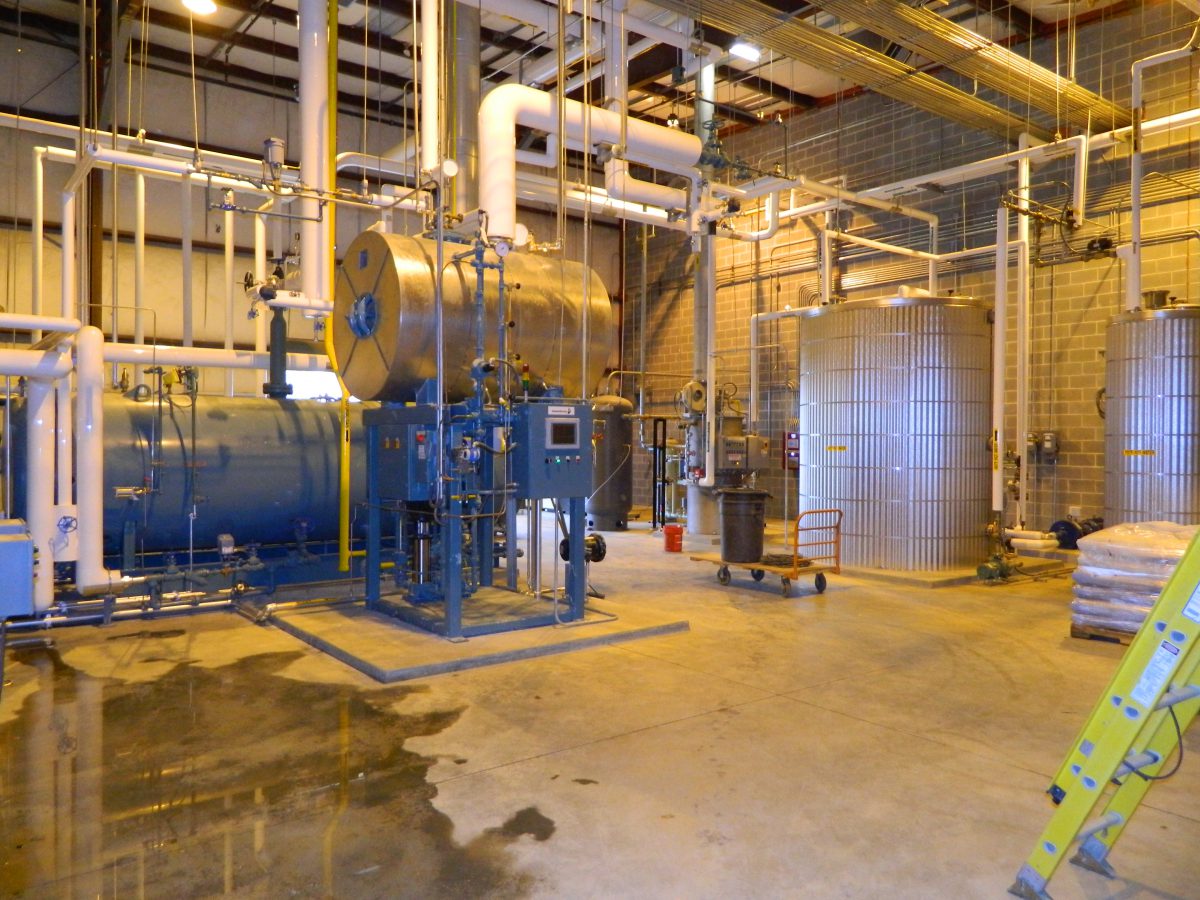
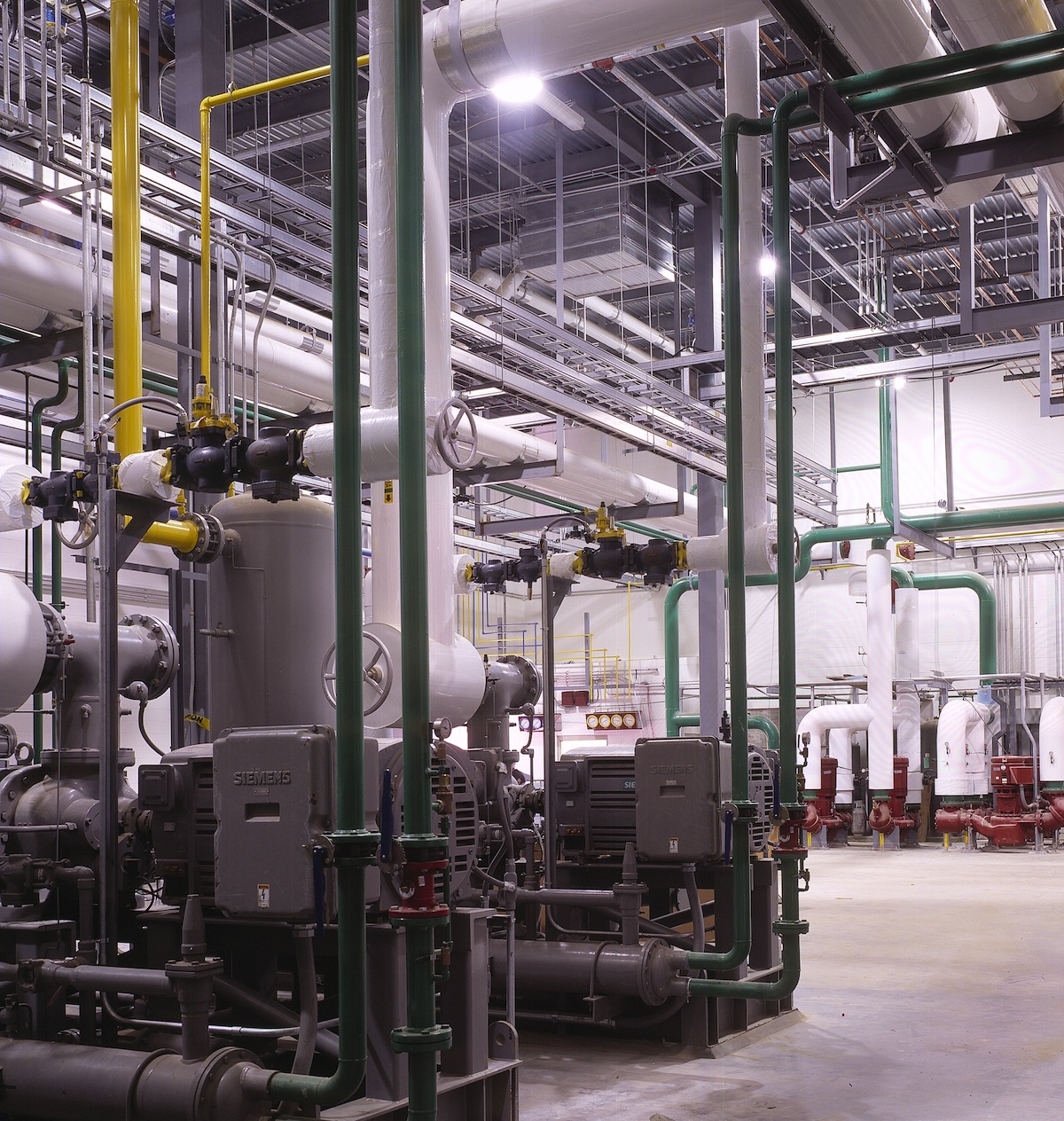
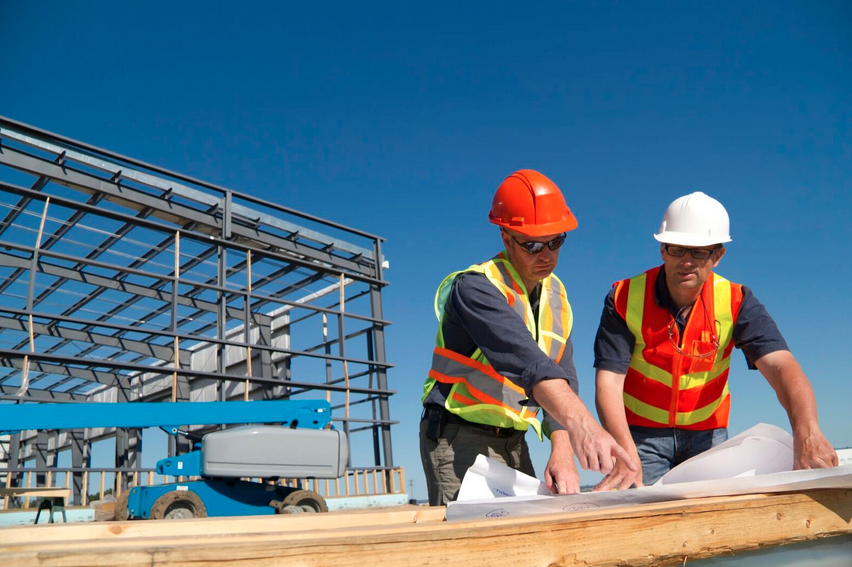


![[VIDEO] In Their Words: An Inside Look at Expanding a State-of-the-Art Coffee Plant](https://stellarfoodforthought.net/wp-content/uploads/2017/03/Screen-Shot-2017-03-08-at-11.06.02-AM.png)
![Is a Facility Assessment Worth It? [VIDEO]](https://stellarfoodforthought.net/wp-content/uploads/2017/03/Screen-Shot-2017-03-01-at-1.51.48-PM.png)